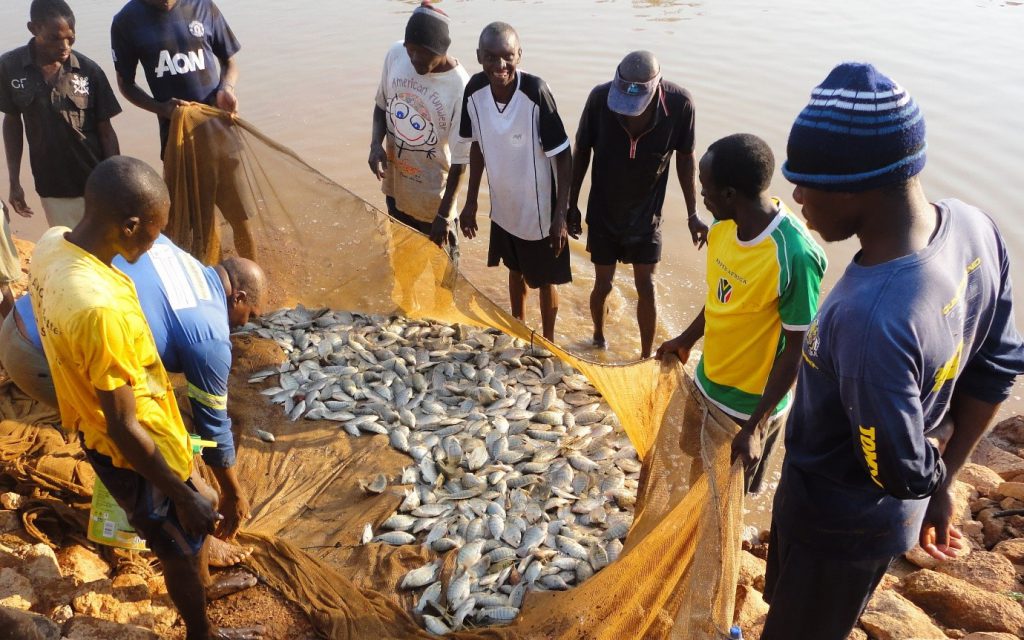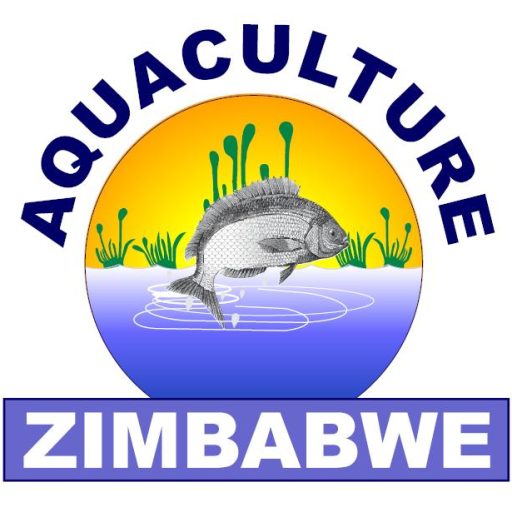Freshwater aquaculture and fisheries programming in Zimbabwe arises from the realization that the current local and global food shortages are set to persist and they need serious counter strategies. A large proportion of the population of Zimbabwe is dependent on subsistence agriculture, and poverty in this segment is a consequence of low agricultural productivity, especially in areas with inadequate resource endowment such as poor soils and erratic rainfall. In the most densely populated areas of the country, diminishing average farm sizes and yields have undermined both food availability and income generation from cash crops at the household level. Traditional fishing communities have not benefited from fishing resources for many years due to an assortment of reasons that range from a lack of government support to poor methods of conserving the resource. Thus establishing affordable and sustainable farming systems targeting the disadvantaged rural small-holder farmers, orphaned and vulnerable families is the most effective way forward as it seeks to improve food security, per capita incomes of the rural communities, thereby solving the problem of unemployment, mitigating unnecessary rural to urban migrations and countering poverty. Poverty and food security are closely intertwined. For the rural poor in particular, food security requires increased food production, which relies on, among other factors, reliable access to water. Providing sufficient water supplies can only be accomplished by amongst other measures, expanding irrigation systems, improving water-harvesting techniques, implementing water and soil conservation practices, introducing innovative and sustainable aquaculture production systems, introducing new drought resistant varieties, or some combination of all these techniques to achieve the multi-functionality of the new age agriculture. Zimbabwe has vast unutilized natural water resources that can be easily converted to sustainable food baskets. Apart from the numerous large water bodies and countless smaller ones, the country is home to 6-shared river basins in the SADC region, coming second to Mozambique that has 9 of them. Independent studies have indicated that 92% of the poorest households in Zimbabwe are found in the rural areas. Indicators are that lack of access to food is a major contributor to malnutrition and poverty in these communal areas. There is a desperate need to introduce low cost freshwater aquaculture production systems to help rural communities’ combat poverty while at the same time conserving their

There is also a desperate need to improve the dietary diversity and nutrition of the population already ravaged by the HIV/AIDS scourge, effectively translating to an improved life expectancy. Aquaculture Zimbabwe sees the need to develop rural small and medium enterprises in aquaculture and fisheries as an effective way to utilize rural water resources for economic benefits and enhanced multiple uses of the water resource to achieve the goal of sustainable livelihoods. It is critical that that we partake agriculture as a multi-functional practice. Increased agricultural production should be achieved alongside social cohesion, gender equality, improved human health, respect for local, traditional knowledge and above all be part of the equation in the fight against HIV/AIDS. Effective agro-policies that have strong popular support are an outcome of negotiation and bargaining amongst many different interests and constituencies in society. These processes are crucial to building democratic participation and to creating accountable, responsive governance in all sectors. However, if the voices of the poor and marginalized are not asserted in these processes, other interests are likely to dominate in both the design and implementation of policies further alienating the needy. Aquaculture Zimbabwe participates and facilitates participation by communities in lobby and advocacy activities for agro-policy formulation and review. The rural communities are the hardest hit by poverty and malnutrition. Sources of dietary animal protein like beef, pork, and chicken are now becoming scarce and expensive; hence the demand for fish is on the increase. Traditional sources of fish such as rivers, dams and so on are being over fished hence the supply sources can only come through aquaculture. As a result, fish of any size can be sold at any time and progressive farmers with experience in fish culture will view fish not only as food, but a fish- pond as a money making venture. Even with such good demand, productivity of the very few existing fish-ponds are poor, particularly with rural people who do not yet know that fish culture is a potential economic activity. As is happening in other SADC countries, Zimbabwe needs to shift the fisheries and aquaculture sector from the bottom of the priority development list to the top and accord it separate figures in the fiscal budget.
